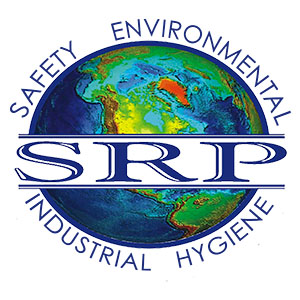Noise Exposure Monitoring
Occupational Noise Exposure: Noise and vibration are both fluctuations in the pressure of air or other media which affect the human body. Vibrations that are detected by the human ear are classified as sound. Noise is defined as “unwanted sound”. Noise and vibration can harm workers when they occur at high levels, or continue for a long time. OSHA established a Hearing Conservation Standard, 29 CFR 1910.95. The Standard requires Employers to conduct workplace noise sampling including personal noise monitoring. Depending on the noise levels measured in the personal monitoring survey, the Employer may be required to develop a Hearing Conservation Program. SRP Environmental can conduct your occupational noise monitoring as well as developing a Hearing Conservation Program. We can also assist with the design and installation of Engineering Controls to reduce the noise levels within your facility.
Community Noise Surveys
Noise pollution is a pervasive health problem in our urban society. Noise is responsible for annoyance, sleep disturbance, and a variety of health problems associated with the stress response, including; heart disease, high blood pressure, colitis, ulcers, depression, and helplessness. Excess noise may also affect the quality of life of rural homeowners. In recent years, Federal, State and Local regulatory agencies have enacted legislation governing noise levels in both urban and rural settings. SRP Environmental’s Industrial Hygiene Group can assist your company in identifying and measuring noise sources to determine if they exceed these regulations. We can conduct sound level measurements to meet the requirements of each of these standards, whether they are instantaneous measurements or extended sampling periods such as 72-hour surveys. Our Acoustical Engineers will design noise enclosures or barriers to assist you in compliance with the required noise levels.
Noise Mitigation and Noise Control Engineering
Practical and efficient noise control is wholly reliant on an accurate diagnosis of what is causing the noise, which first involves finding the source of noise. Once the source of noise has been found, the focus is reducing the noise at source by engineering means. There are four basic principles of noise control:
- Sound insulation: prevent the transmission of noise by the introduction of a mass barrier. Common materials have high-density properties such as brick, thick glass, concrete, metal etc.
- Sound absorption: a porous material which acts as a ‘noise sponge’ by converting the sound energy into heat within the material. Common sound absorption materials include decoupled lead-based tiles, open cell foams and fiberglass·
- Vibration damping: applicable for large vibrating surfaces. The damping mechanism works by extracting the vibration energy from the thin sheet and dissipating it as heat. A common material is sound deadened steel.
- Vibration isolation: prevents transmission of vibration energy from a source to a receiver by introducing a flexible element or a physical break. Common vibration isolators are springs, rubber mounts, cork etc.

SRP Environmental’s Acoustic Engineering Division will evaluate your workplace to determine the most cost effective and functional method of reducing noise levels.

 ">
">
 ">
">